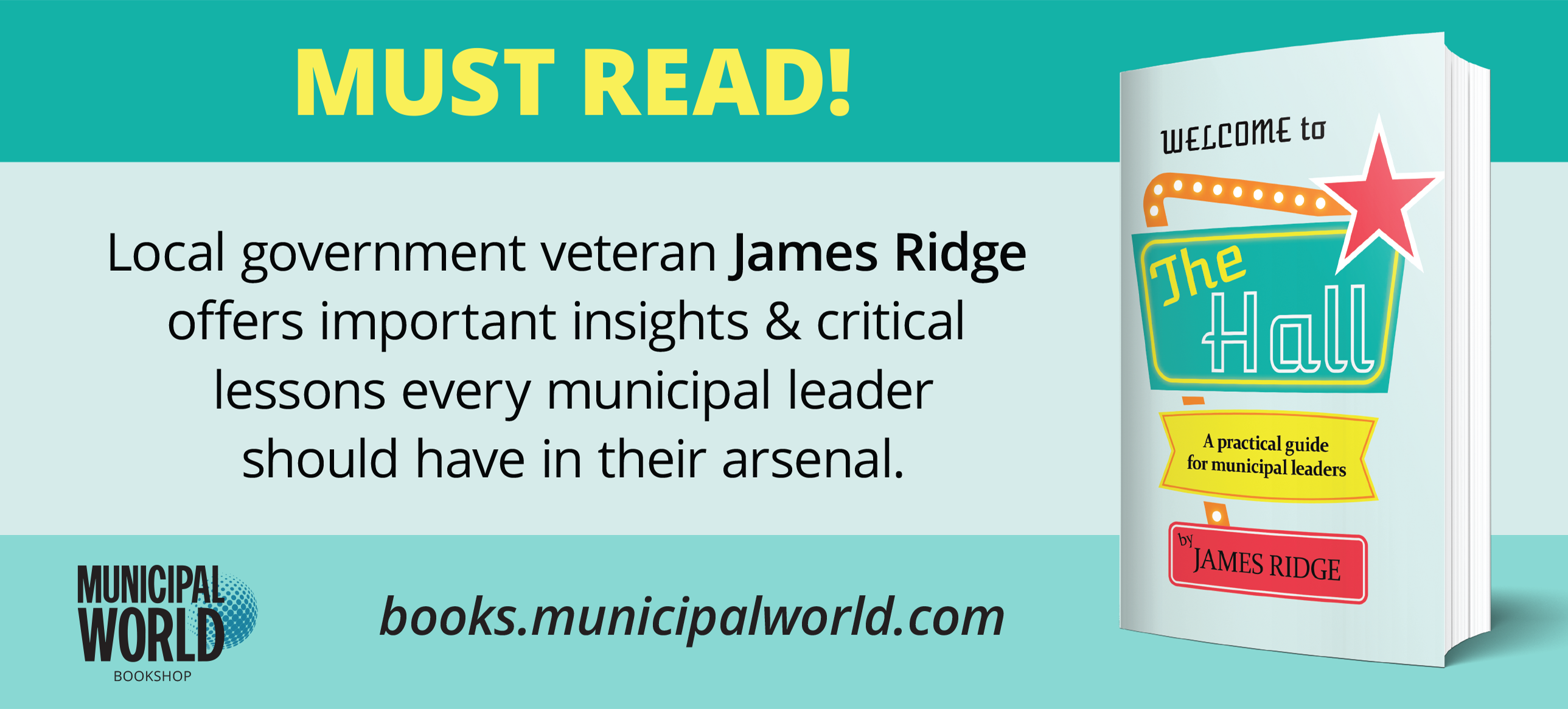The Politics of Civic Engagement

Civic engagement is a subject that is garnering more ink and prose than most other issues in municipal discourse these days. The term has different connotations depending on the context in which you search. For the purpose of this article, I am going to define civic engagement as the process of involving the general public in the planning and decision-making processes of council and the administration. That means this article is about the interaction of civic engagement and leadership. It will help to keep this in mind as you progress through the article, because I am going to assert some potentially controversial points about the use of civic engagement that only apply in this context.
A Concept Pushed Too Far?
Every single article or book I find on the subject of civic engagement seems to only discuss the fluff of involving the public in decision making. Each line gives a high-level “high-five” to the need for more civic engagement, as though it is a valuable objective in its own right. More civic engagement is good, less is bad. In reality, too much civic engagement, or civic engagement in the wrong circumstances, can have negative consequences. The public can get bored and frustrated with constant engagement on issues that seem trivial, which will decrease their likelihood to become engaged over important matters. As well, on complex issues, the public may be eager to participate, but may lack the knowledge, information, or long-term vision necessary to contribute value to the discourse. On those occasions, they could inadvertently provide damaging directional choices on critical issues.
There are appropriate situations and issues where the public needs to be involved in decision making. In those circumstances, however, they need to be given all of the information available, and a meaningful process of engagement needs to be followed. In some jurisdictions, however, there is such an uncompromising public engagement policy in place that no decision can be made without consulting the public. The result is that those jurisdictions consult with everyone about everything, all of the time. This exhausts the public and often leaves very little time to provide accurate and meaningful information to ensure a reasoned conversation. In effect, those jurisdictions have given up all semblance of leadership. They simply gather up generally uninformed public opinion, and often make decisions based on who is the loudest or angriest group. It begs the question: why bother with the costly process of electing leaders if a simple poll will be used every time a decision needs to be made?
Levels of Leadership
I have seen three types of leaders in my own political experience. Level 1 leaders tend to govern by polls. They acquire a sample of what the public sentiment is; if the majority is large enough, they implement policies that support those sentiments. They don’t take on controversial issues and most always opt to do what the public wants at that particular moment in time.
Level 2 leaders are renowned for getting out in front of the parade. They assess where people are now and in which direction their sentiments are heading; then, they jump out in front, knowing the public is going in the direction they are leading. They are usually people around whom a growing public sentiment can rally. And, as the parade marshal, they are out in front, serving as the figurehead of the growing movement.
Level 3 leaders are the game changers. They are the ones who step out on the edge to lead. They often see something that others can’t quite see, and they have a vision of how to get there. Successful level 3 leaders show people the way to go. They often need to do a lot of educating and inspiring to get others to follow, and they must always be vigilant that the crowd is following. They risk failing if they get too far ahead of the crowd, or stop motivating them to move in a particular direction.
Too often, leaders try to be exclusively one type or another. In reality, these three levels should not be seen as three types of leaders, but rather three types of leadership. Each level of leadership has value in different circumstances. There are times when polls must be taken on an issue, when leading a parade of momentum is valuable, and when standing on the edge and inspiring change is critical. Each type of leadership will also use civic engagement in different ways, utilizing different methods and serving different purposes.
Deciding When – and How – to Engage
Civic engagement at level 1 leadership really comes down to a process of crowdsourced decision making. There are situations where such a process of public participation can have incredible value, but not every decision is fit for crowdsourcing. Often, controversial and challenging issues are ill-suited for crowdsourcing opinions. Groupthink was a term first coined 40 years ago by psychologist Irving Janis, and accurately describes how dangerous the momentum of collective opinion development can be in decision-making scenarios. Usually, this level of civic engagement is not about making significant changes to the status quo.
Level 2 and 3 civic engagement styles, however, are both about making a change to the status quo. At level 2 leadership, it’s about engaging the public to see where they are headed and becoming a focal point for the rising momentum. There is always a high level of information transfer and education among the public on the issue; but, a trained eye can usually see where the momentum is headed and how a consensus is building. Level 2 leadership is about consolidating that momentum.
At level 3 leadership, it’s about challenging the public about the direction they are heading, or to address an issue that is being ignored. Level 3 civic engagement is the most interesting because it involves the greatest amount of information and education, and warrants a lot of public discourse. That level of leadership has the greatest need for real civic engagement, and it is where civic engagement is most meaningful and most useful. Sometimes, the public may decide such a leader is correct about an issue and will follow; sometimes, they may decide that leader is wrong about an issue and not follow. Regardless, the engagement needs to be effective, meaningful, and appropriate.
Conclusion
It is time to recognize that increased civic engagement is neither good nor bad, nor is it an end unto itself. Civic engagement is a tool that must be used appropriately and meaningfully. Different leaders will often choose different leadership styles at different times. Their integrity is displayed when they use the appropriate civic engagement styles for appropriate issues and situations, not simply because they always opt for more civic engagement.
More civic engagement is not valuable for its own sake. The level of civic engagement must be appropriate to the issue, and it must serve to benefit the public, not the leader. It must be done in a manner that ensures the public benefits from both the process and the decision. It is not a tool to be used by leaders to get the answer they desired anyway, to remove themselves from the responsibility of making a decision, or to create chaos and confusion in hopes a problem will be ignored.
Civic engagement, ultimately, is about getting strong support from an informed and educated public that is truly engaged in the process and about the issue when they need to be engaged. MW
This article was written by Doug Griffiths.
as published in Municipal World, May 2016
Related resource materials:



